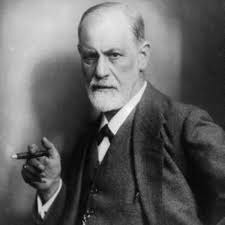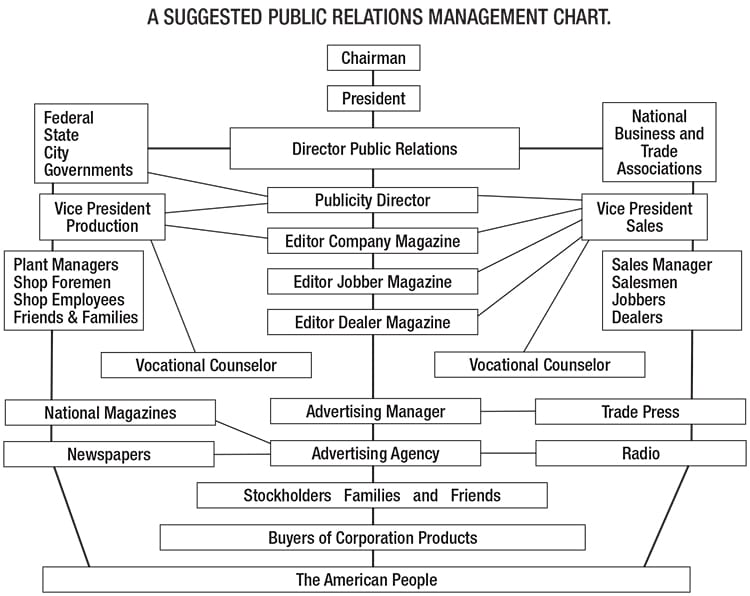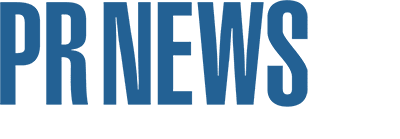

Theodore Roosevelt said, “The more you know about the past, the better prepared you are for the future.” This maxim has been somewhat lost in the education and practice of PR.
Four years ago, the Museum of Public Relations and the American Educators of Journalism and Mass Communications surveyed PR professors to find out how much of their curriculum was spent on history. Professors said only 2 percent of the semester was spent on history-related topics.
Even the Accreditation in Public Relations (APR) exam includes just a few PR history questions in a section with communication models and theories. The section makes up only 8 percent of the exam.
Too many professors and practitioners don’t see how the history of PR “has relevance to the practice today,” says Shelley Spector, founder of the Museum of Public Relations. “The chief reason they find so little value in it is because they haven’t studied it.”
Indeed, PR history is a treasure trove of case studies, insights and big ideas that should inform how we work today.
For instance, Edward Bernays, the father of PR and a relative of Sigmund Freud, had a deep understanding of psychology and other disciplines that informed his work. PR is more than working with the media, practitioners must understand behavioral economics, business administration and a host of other disciplines to find success.
Sharing insights like these is the Museum of PR’s main mission. Much of it is accomplished through publishing arm PRMuseum Press and partnerships with educators.
The latest book is Dick Martin’s “Marilyn: A Woman In Charge,” which chronicles Marilyn Laurie, the first female CCO. Laurie headed an 800-person PR staff at AT&T.
Yet many practitioners probably don’t know of her inspirational life because the little PR history taught focuses heavily on seminal figures of the 19th and early 20th century, such as Ivy Lee and Edward Bernays. That’s a limited view. It diminishes PR’s diverse, storied past and leaves an incorrect perception.
“The historiography of modern PR posits that PR was invented and practiced by white men,” says Dr. Denise Hill, assistant professor of strategic communications at Elon University [see photo 3 on page 1 of the PDF edition]. “PR has been practiced since the beginning of time. Women and minorities were practicing PR at the same time...” So, our industry’s historiography is incorrect. Hill urges remembering the hidden figures of PR history. “Doing so,” she says, “allows students and practitioners to see that there were PR pioneers who looked like them.”
The lack of understanding about the profession goes even deeper, including where PR started and its importance. This has left practitioners debating where the PR function falls within a corporation’s hierarchy. In 1938, that debate seemed a little clearer. A suggested hierarchy from a magazine in the Museum’s collection [ see diagram below] placed the PR director just under the president, an enviable slot many of us seek today.

This hidden history reminds practitioners about the importance of giving back to PR and leaving a legacy for future generations.
The wonders of PR history aren’t limited to new professionals. Even scholars sometimes are caught off guard. Dr. Karen Russell, associate professor of PR at the University of Georgia, gained insights from writing “Promoting Monopoly: AT&T and the Politics of Public Relations, 1876-1941.”
“Looking at current practice in historical context can give us a much deeper understanding of the industry,” she says.
That depth is essential to advancing the profession.
With his new book, “Public Relations History: Theory, Practice, and Profession,” VA Tech professor Dr. Cayce Meyers hopes readers will see that PR has “deep historical roots, and the field developed in multiple sectors simultaneously.”
CONTACT: jared_meade@owens.edu
